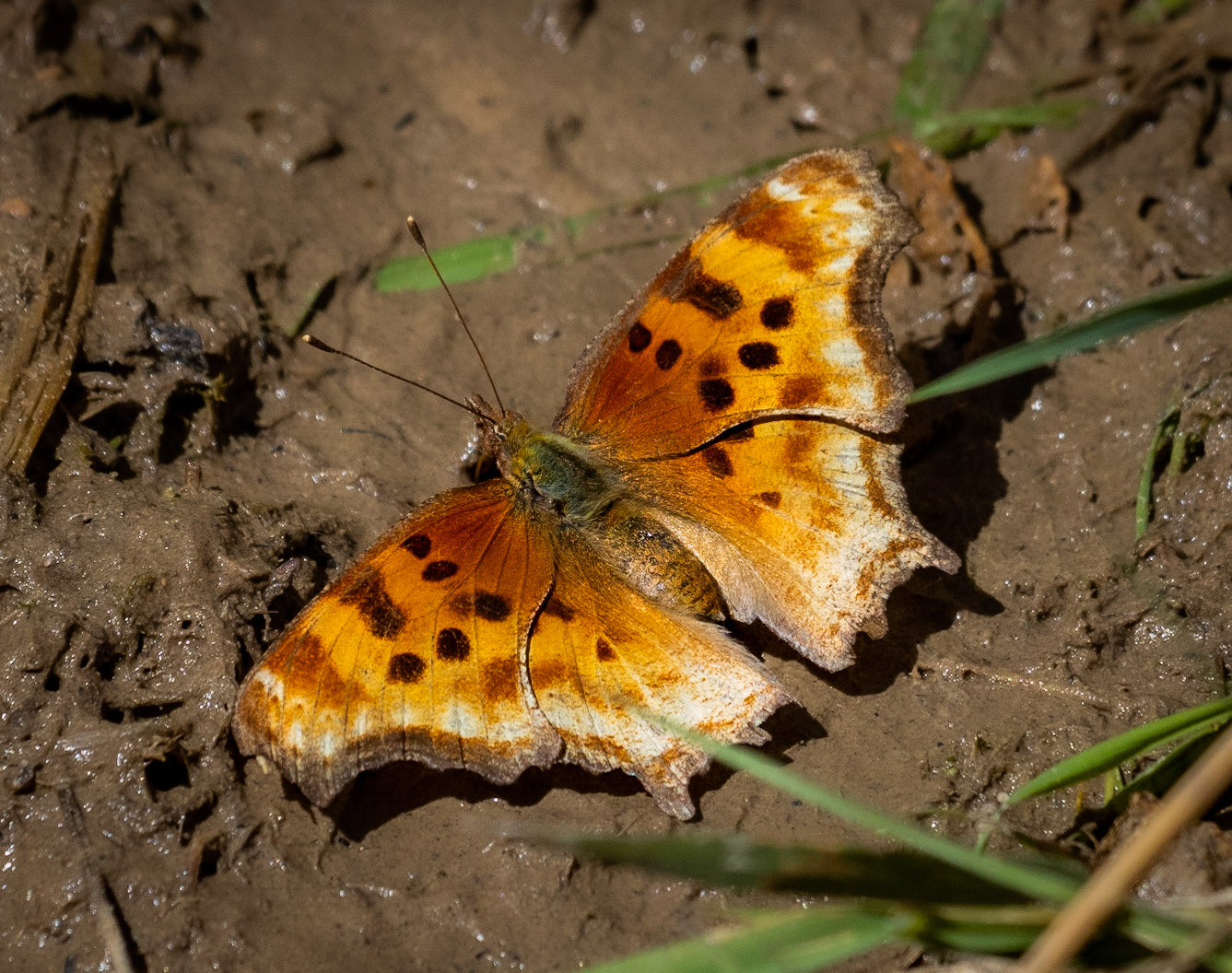
Hoary Comma - The Narrows, Zion, Utah, USA
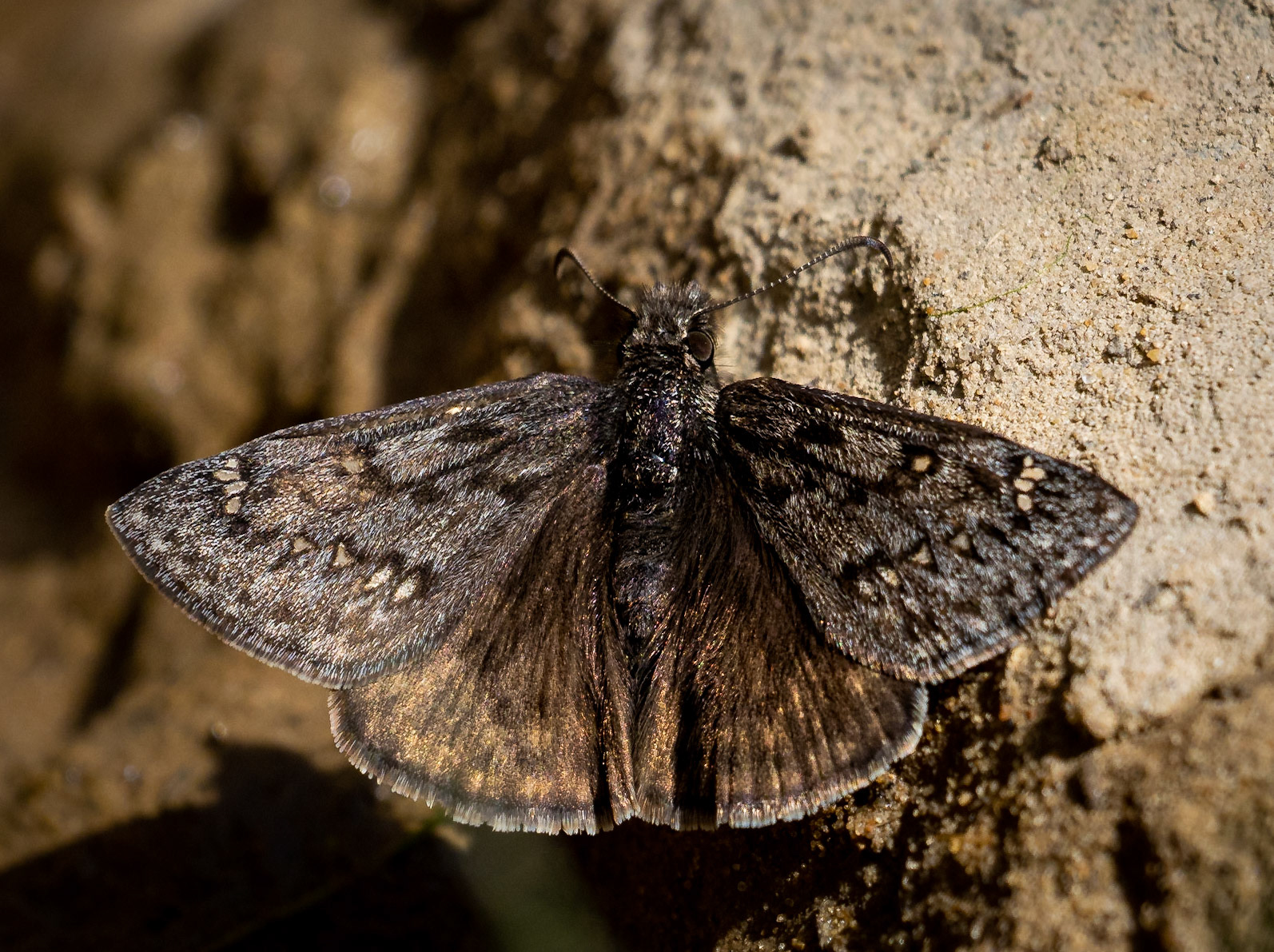
Duskywing - The Narrows, Zion, Utah, USA
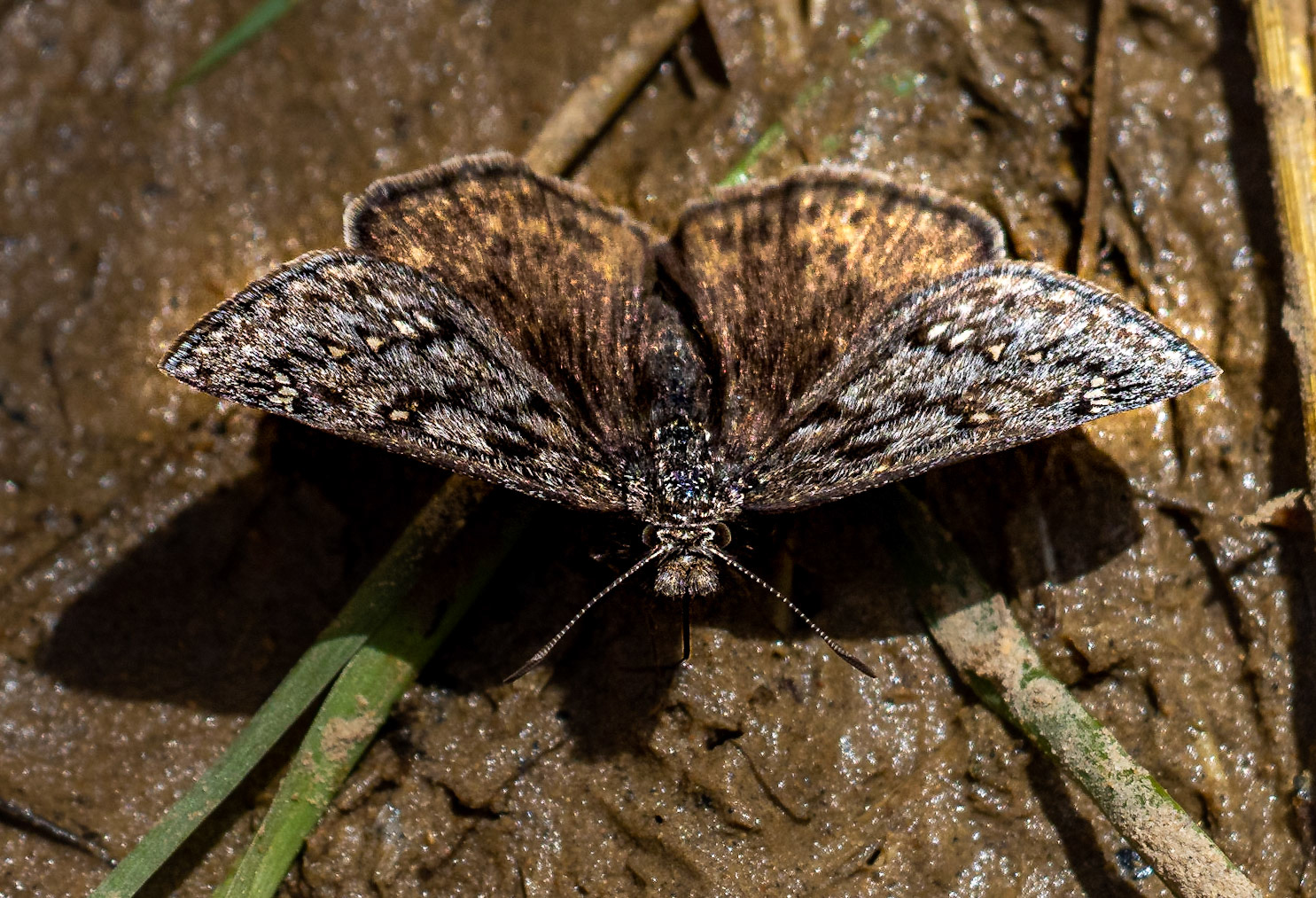
Duskywing - The Narrows, Zion, Utah, USA
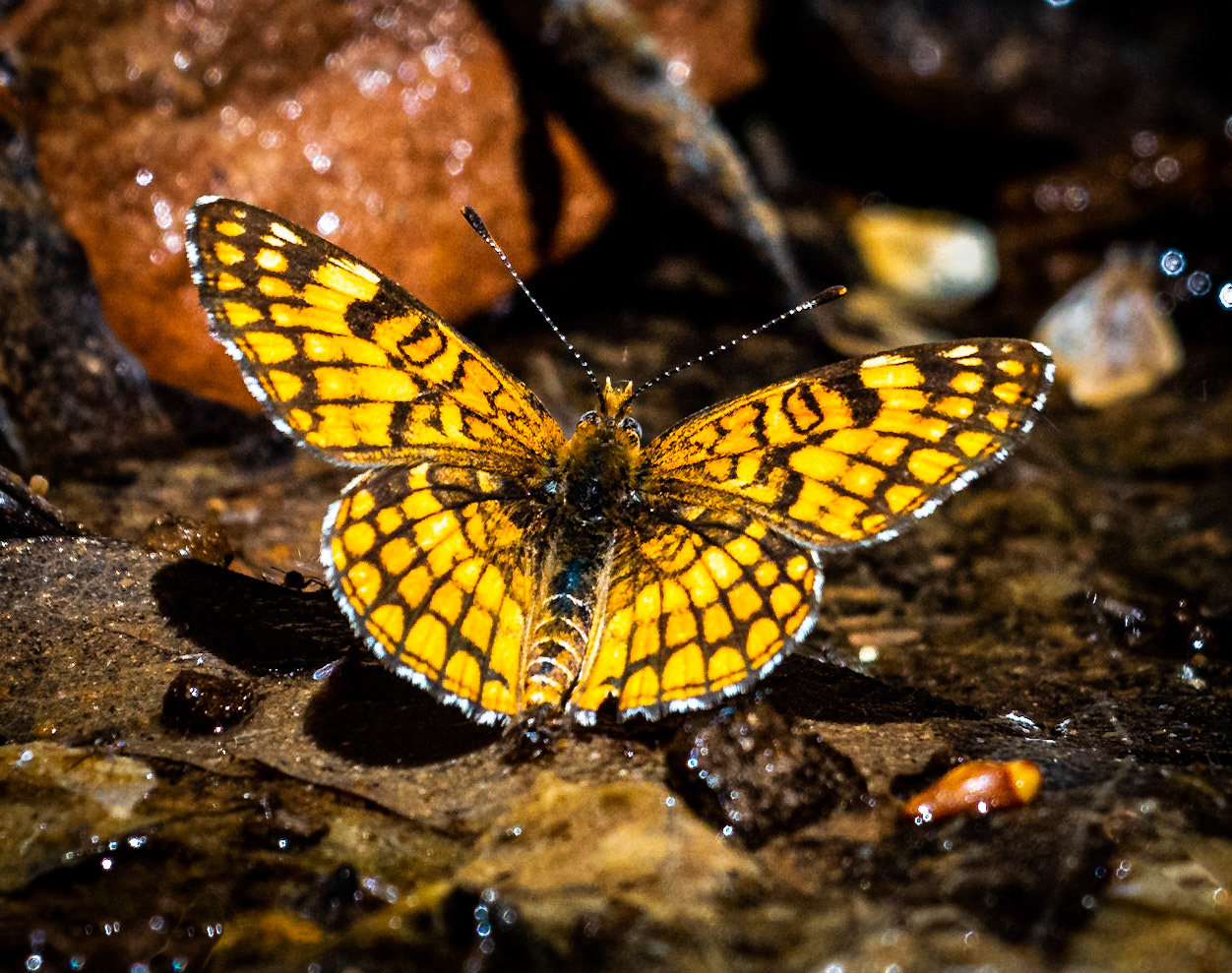
Sagebrush Checkerspot - Emerald Pool, Zion, Utah, USA
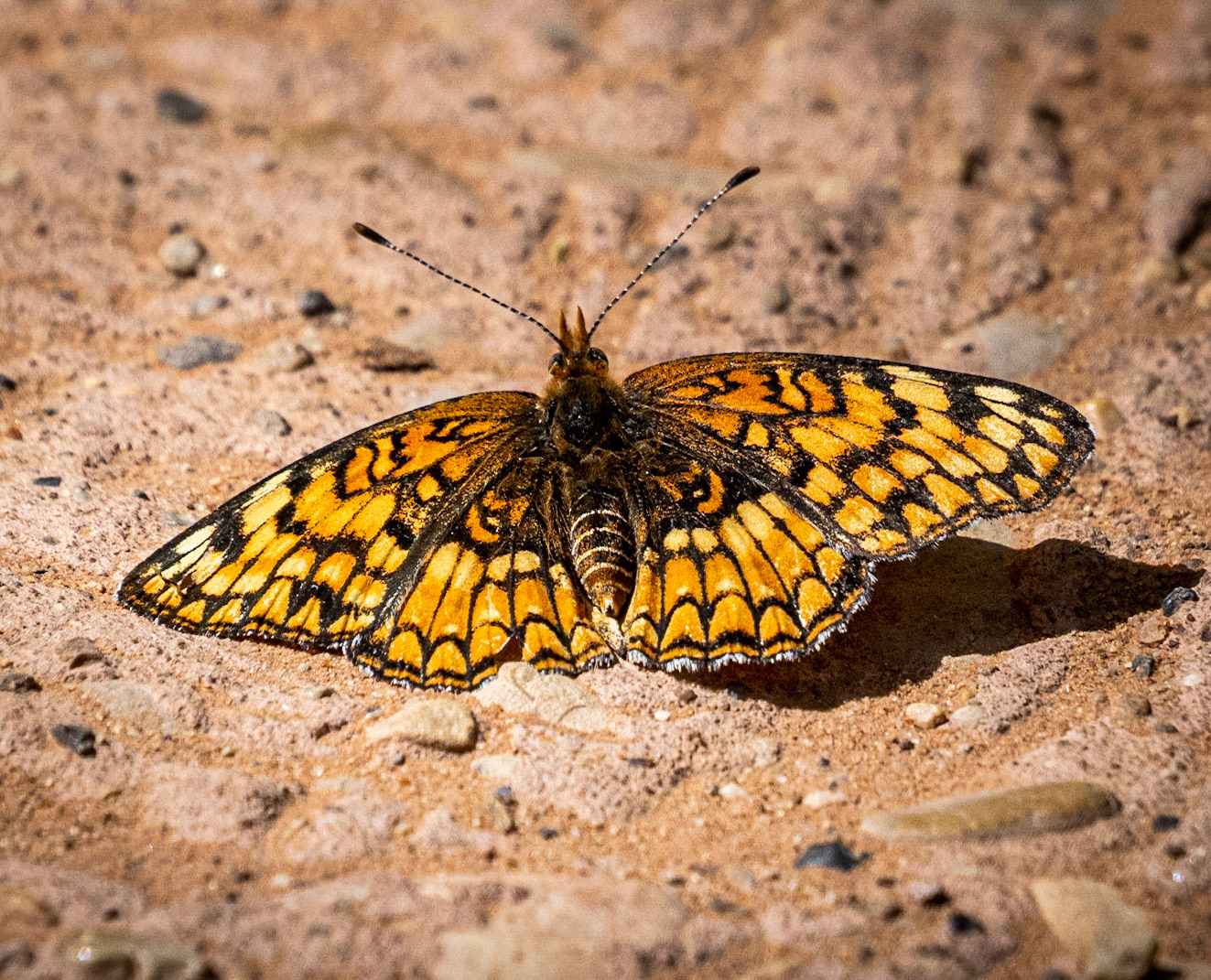
Sagebrush Checkerspot - Emerald Pool, Zion, Utah, USA
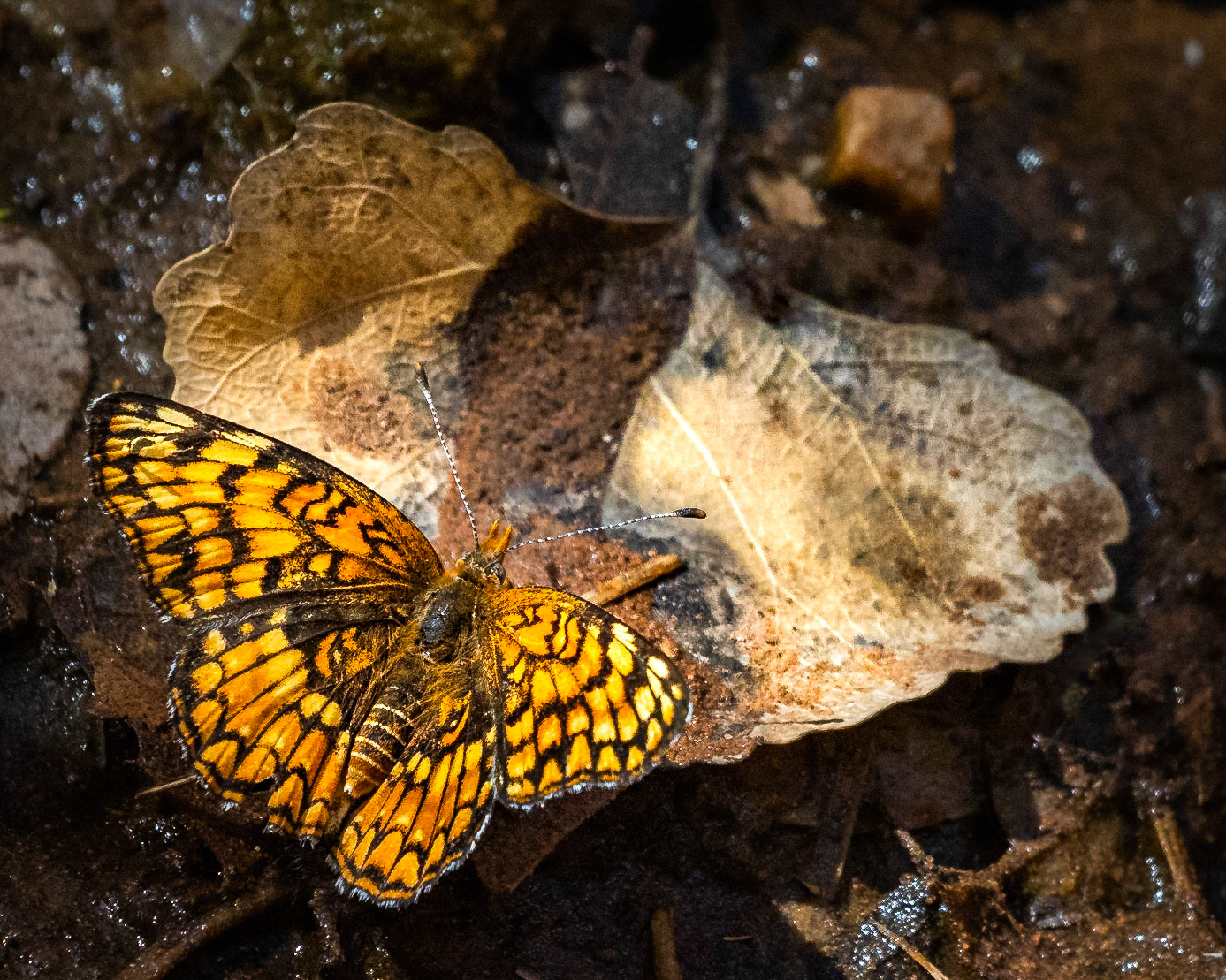
Sagebrush Checkerspot - Emerald Pool, Zion, Utah, USA

Sagebrush Checkerspot - Emerald Pool, Zion, Utah, USA
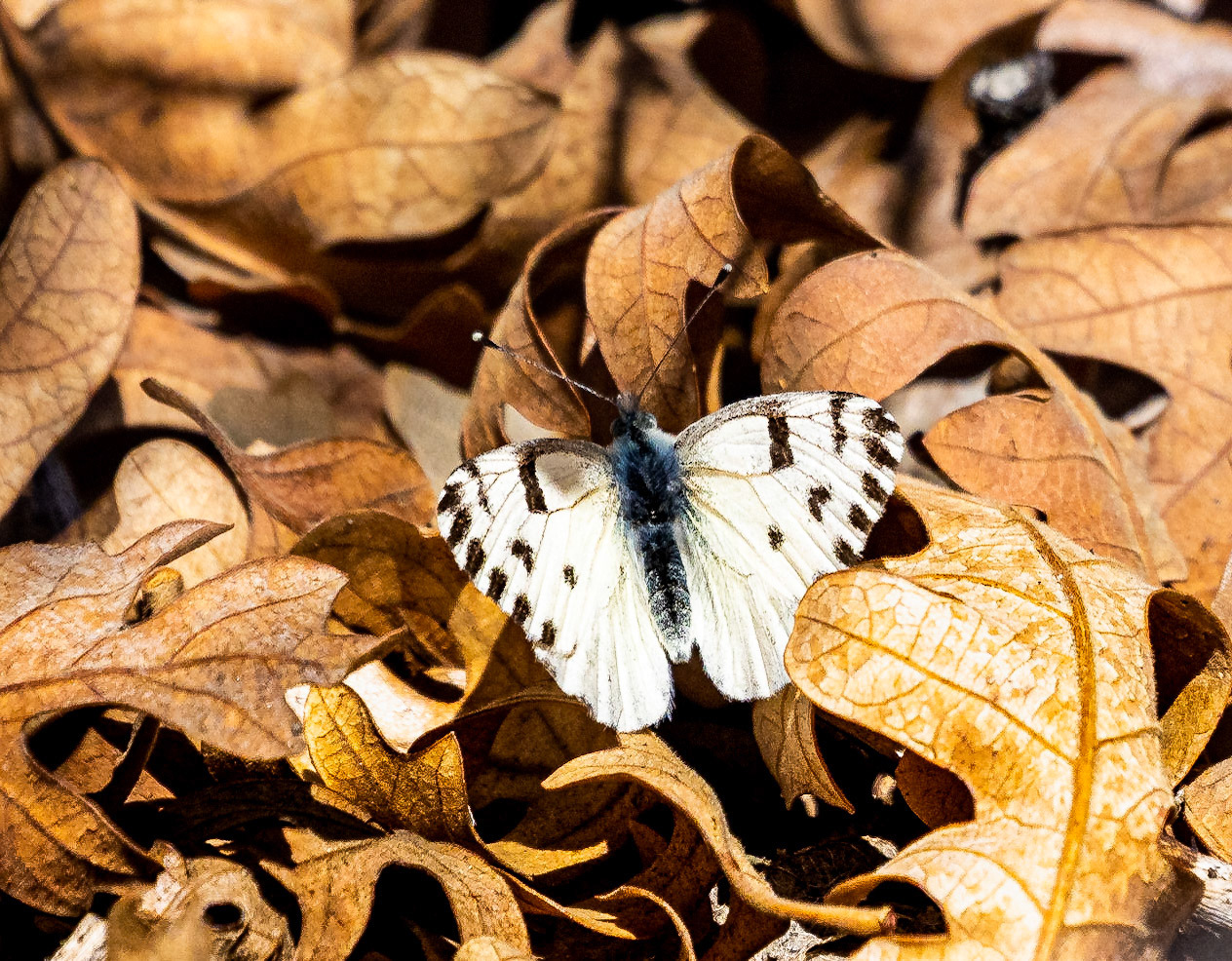
Checkered White - E Mesa, Zion, Utah, USA
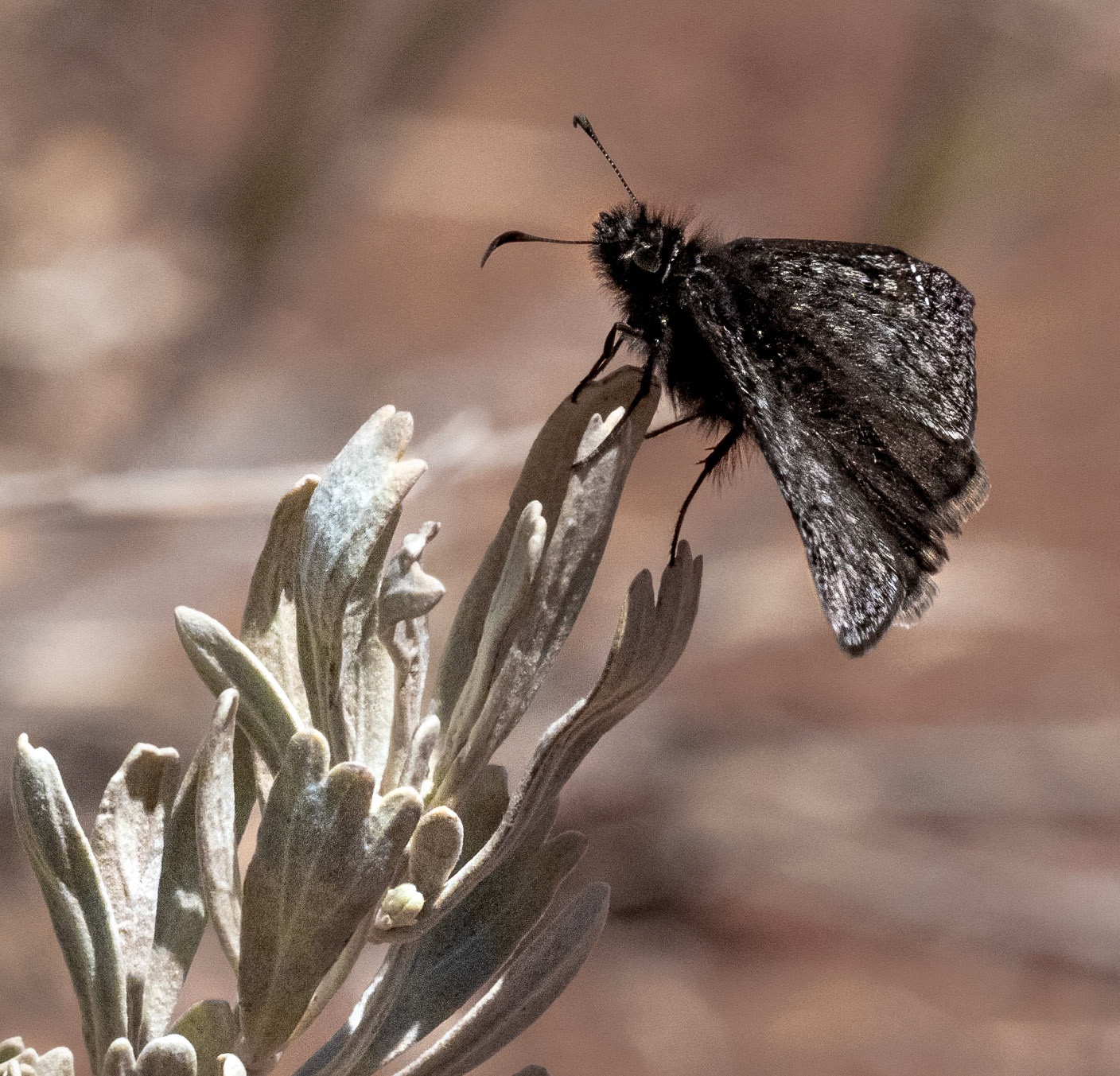
Duskywing - E Mesa, Zion, Utah, USA
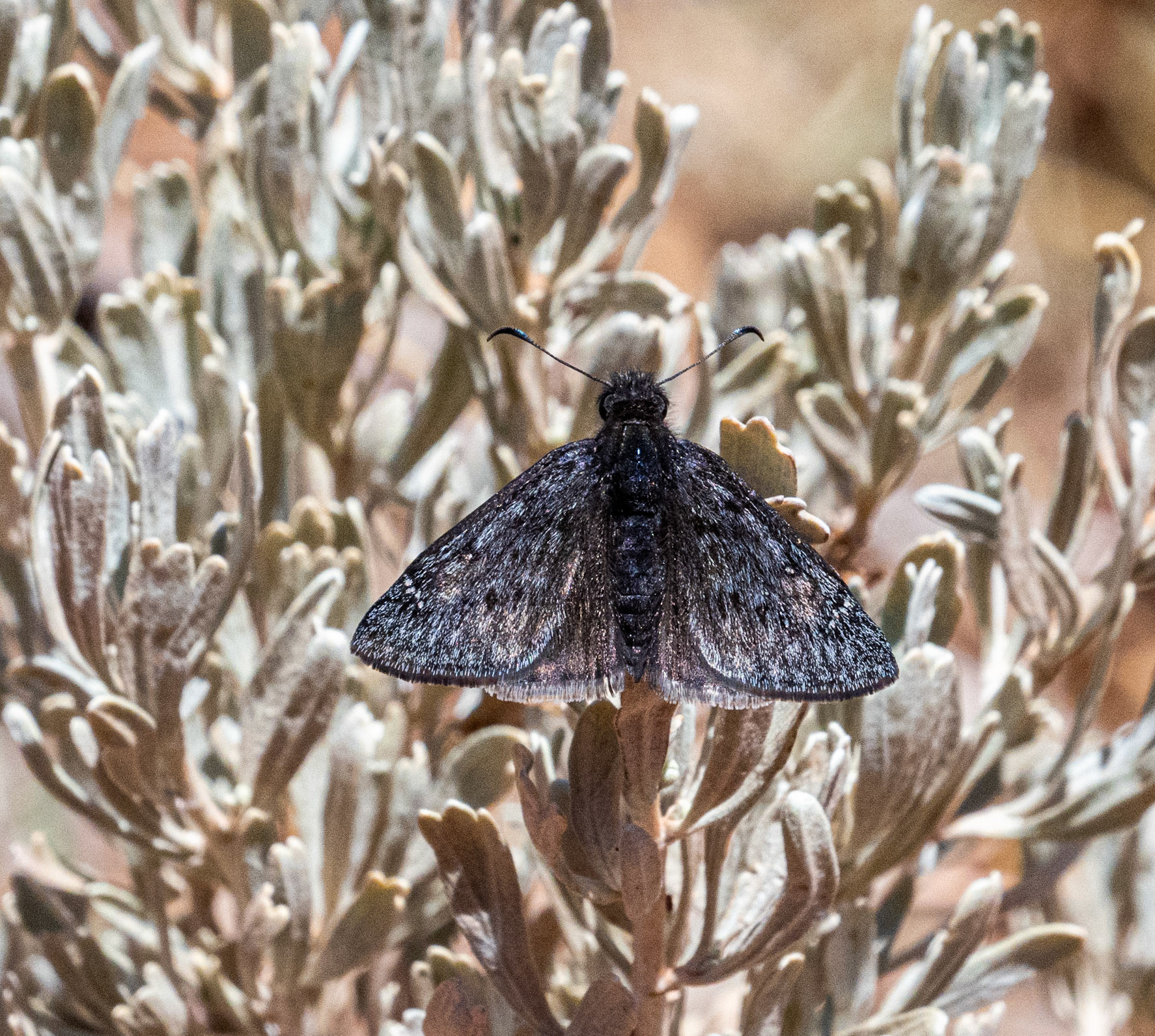
Duskywing - E Mesa, Zion, Utah, USA
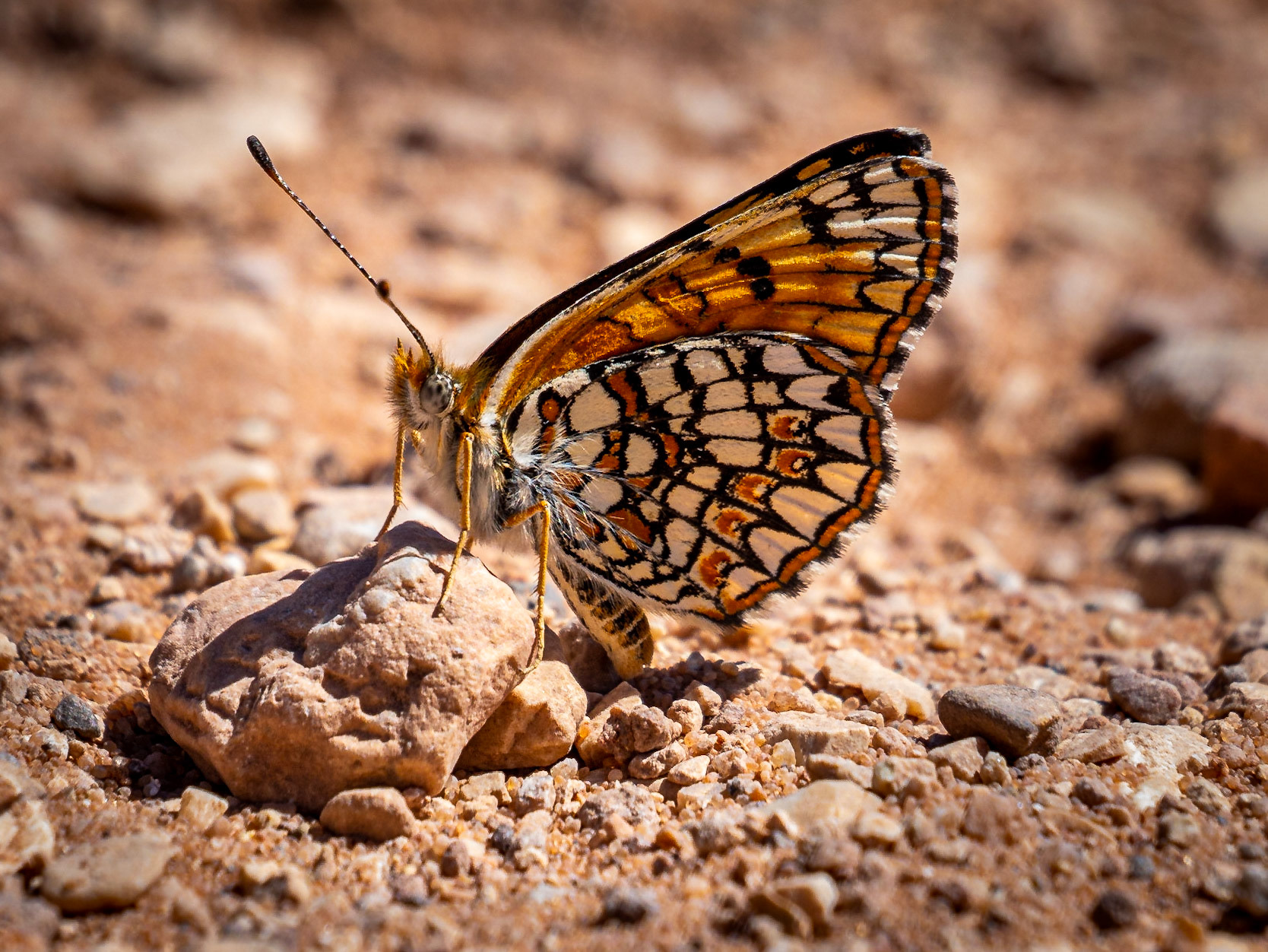
Sagebrush Checkerspot - Wire Pass, Vermillion Cliffs, Arizona, USA
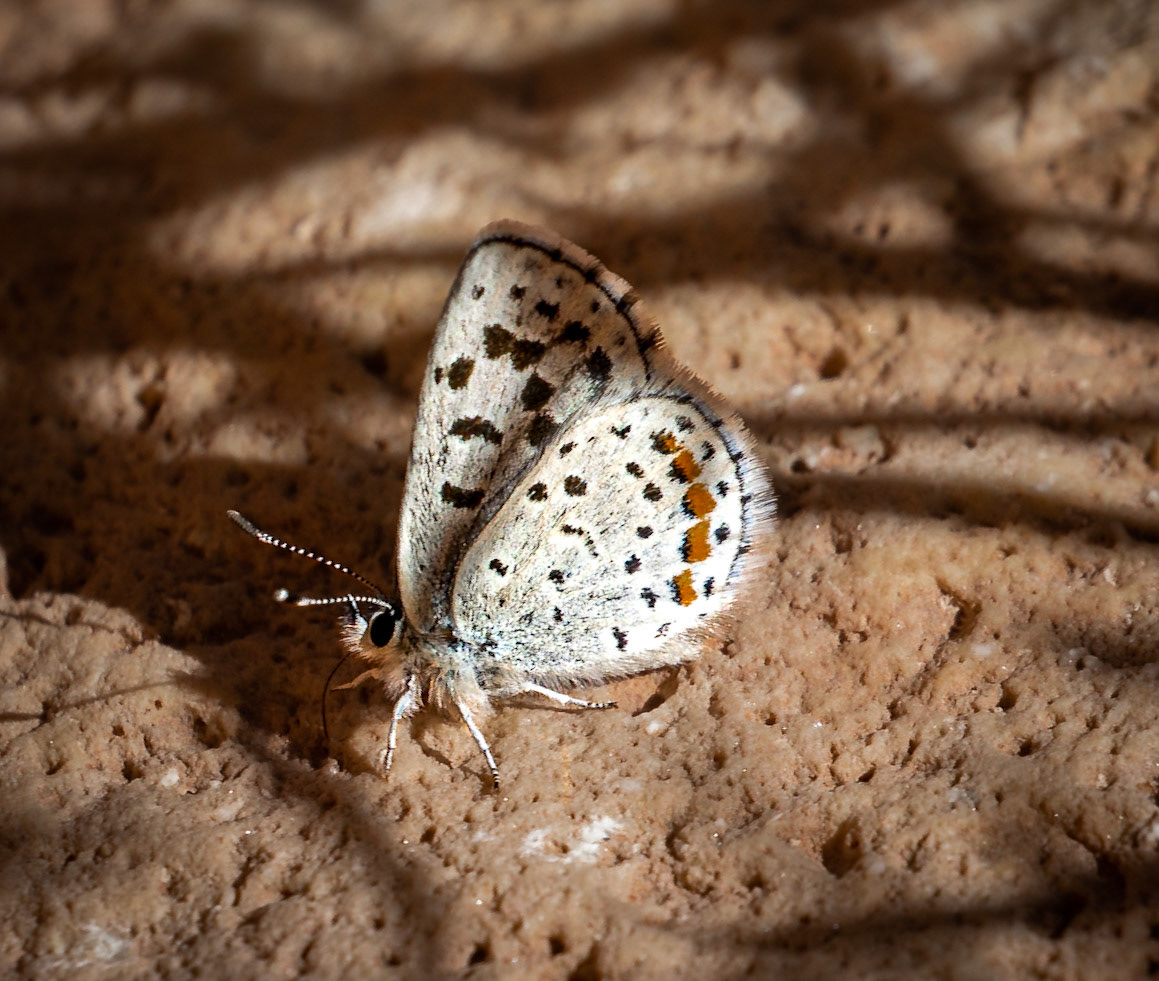
Acmon Blue - Wire Pass, Vermillion Cliffs, Arizona, USA

Juniper Hairstreak - Willis Creek, Grand Staircase, Utah, USA
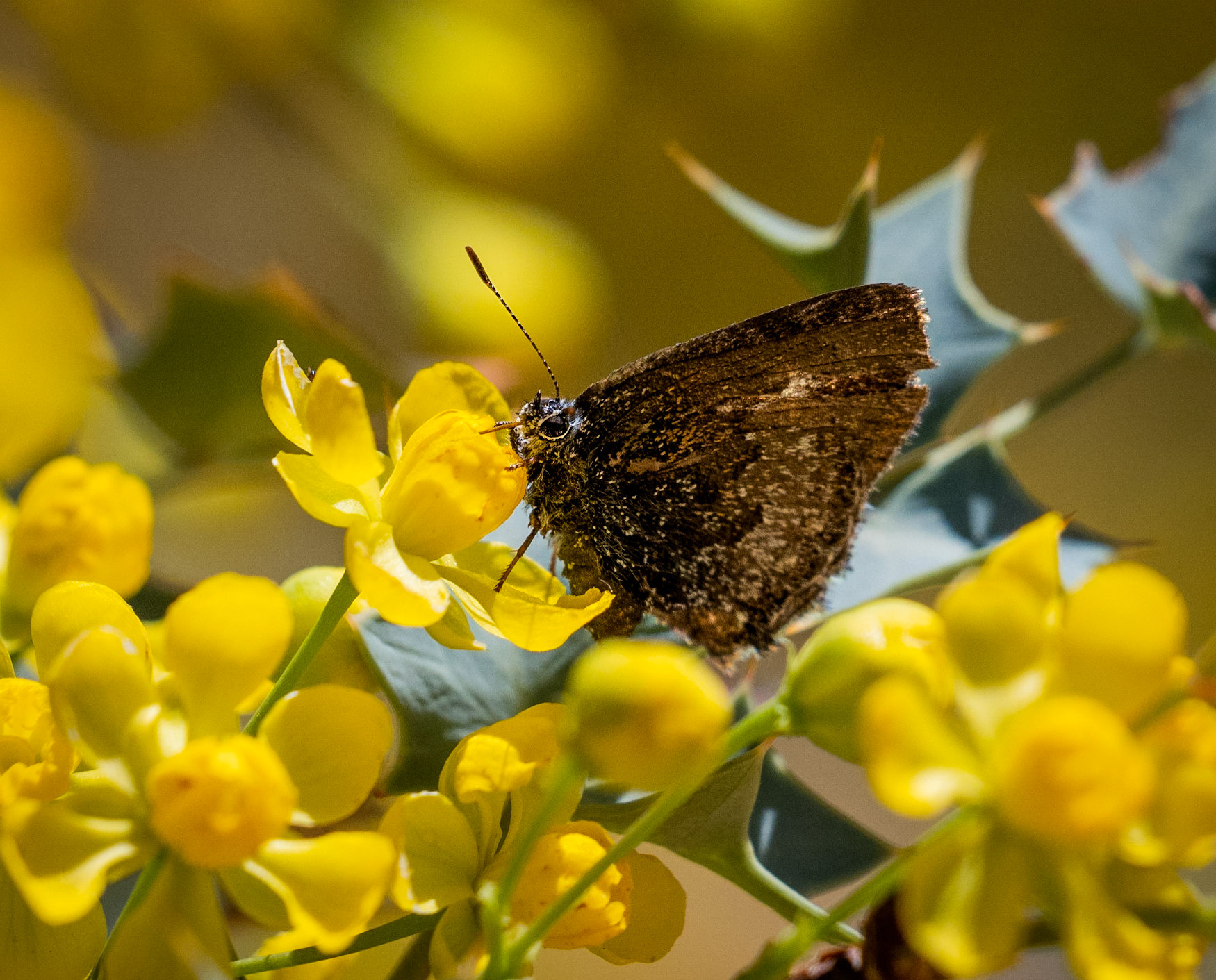
Elfin - Willis Creek, Grand Staircase, Utah, USA
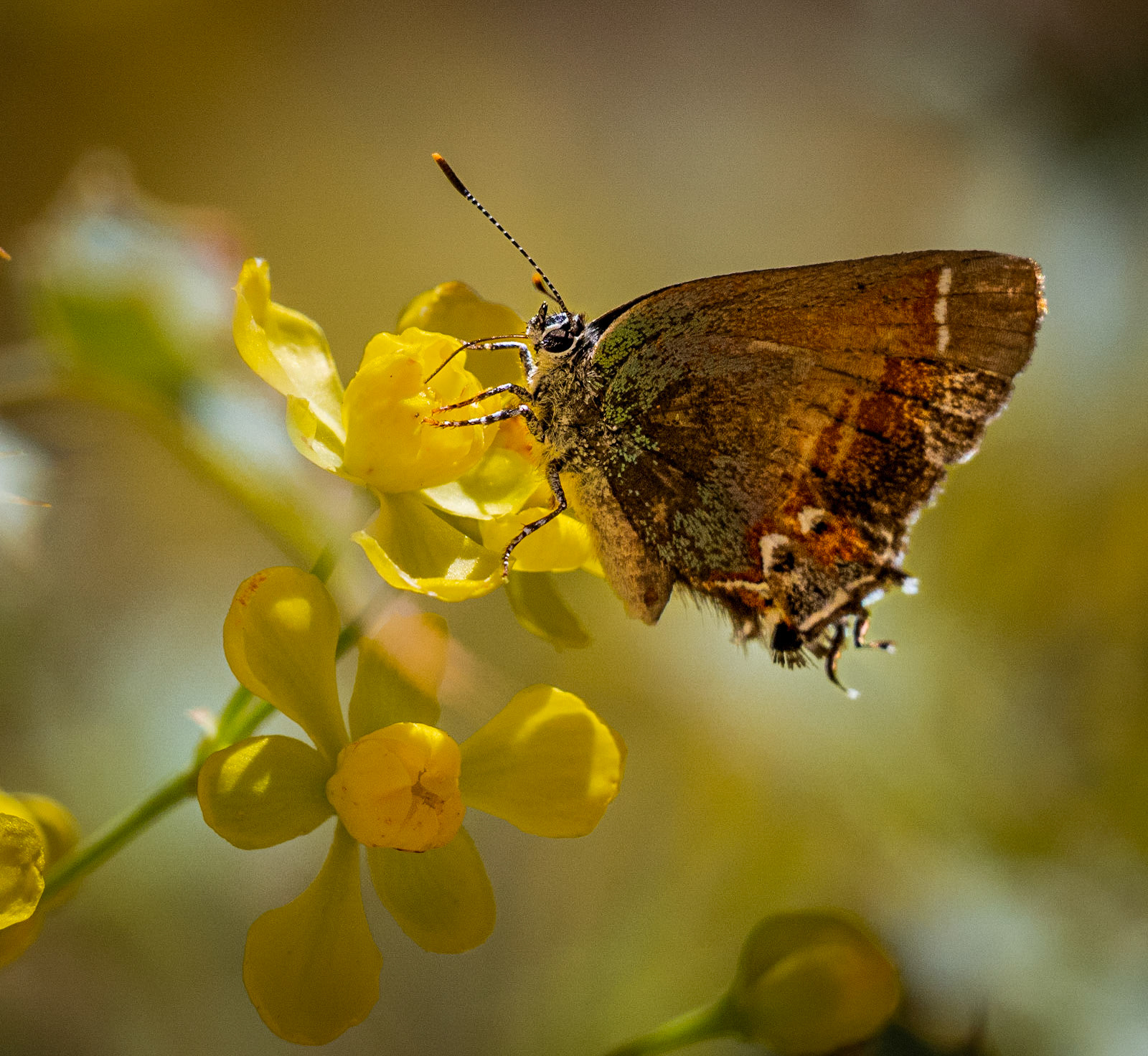
Juniper Hairstreak - Willis Creek, Grand Staircase, Utah, USA

Two-tailed Swallowtail - Willis Creek, Grand Staircase, Utah, USA
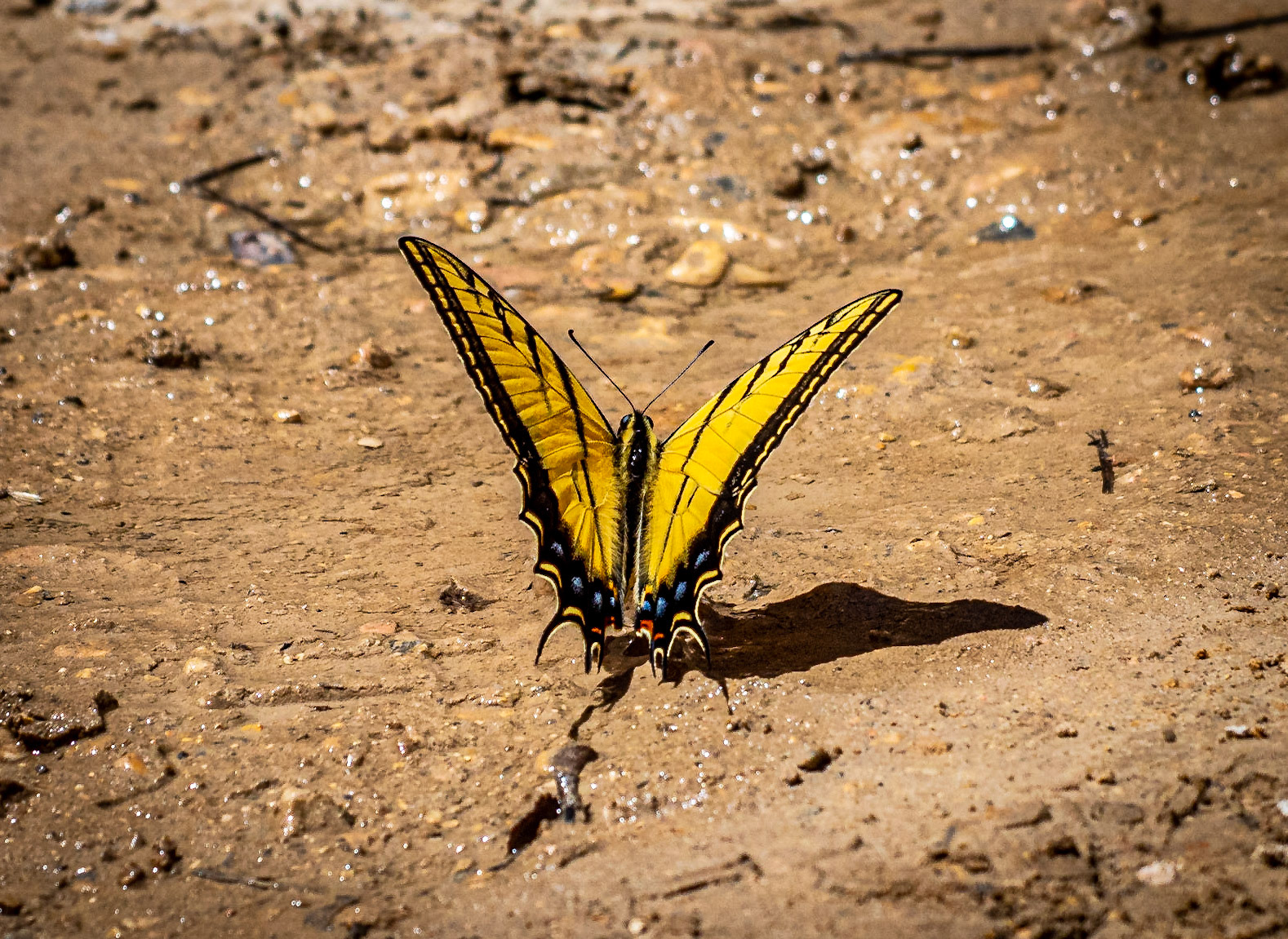
Two-tailed Swallowtail - Willis Creek, Grand Staircase, Utah, USA
Why Photograph Butterflies?
Photographing butterflies is not easy, so the first question you might ask yourself is why you would try it in the first place. I'm glad you asked!
Some of the butterfly species are difficult to tell apart, especially for newbies like ourselves. A photo does not move, so if you can get a clean shot of a butterfly you can stare at it all you want and compare it to descriptions in the butterfly book without needing to rely on memory. If your camera is fast enough, you may even be able to catch details that you otherwise had no hope of seeing with your eyes alone.
Identification reasons aside, let's not forget that butterflies are also really beautiful and photogenic! I still enjoy looking through my butterfly photos. They can make a cool wallpaper for your computer/phone or a glorious calendar image.
Taking the time to work with them over the last year, trying hard to get close and immersed in their world, has given me a more complete understanding of a butterfly's life. Even if all of my photos turn out terrible, I still feel like I have learned a little more about the critters I chased around the mountaintops all summer.
Getting Close
Butterflies are easily spooked. If you want an up-close shot, you need to be sneaky. While they don't hear very well, sudden noises or movement will frighten them. If you stand still in a meadow, they will quickly get used to you and behave as if you weren't there.
Often you will want to move in to a sitting butterfly. Try getting low and avoid blocking the sunlight. Move slowly and carefully, taking note of the terrain so you don't break a twig or slip on rocks and end up frightening the butterfly or sliding yourself down the mountain. Take photos as you go - you never know when it will fly away, and you may be left with nothing if you haven't taken a far-away shot.
If you are patient, you may also want to stake out a flower you know the butterfly likes. This lets you set up for a shot with a better angle and lighting condition (see below for details on these important parameters). Of course, you run the risk of staring at a flower for a while with little or no activity too.
Positioning
It is natural to take photos with your camera straight out in front of you, looking down on the butterfly. While this can get you good shots to help with identification, it's not often going to give you the most intimate shots. Often, finding a perspective that is different from the day-to-day view of things is all it takes to make a photo much more interesting.
For starters, try getting down to the butterfly's level. I bring knee pads on my hikes for just this purpose. This way, you can get good shots of their features and a butterfly's-eye view of their world. Think about the features in the environment that are important to a butterfly that humans mostly ignore. This can transform your photos from mundane into a storytelling mechanism!
Other perspectives are worth exploring too. You can try ground-level photos or even bottom-up photos. Think about the environment to help you choose - it helps provide context for your photo.
Lighting
Light will affect the quality of your photos more than you might think. In order to take a picture, a camera must expose its sensor to light long enough to get a good reading. Using the camera's automatic settings means that it will try to compensate for low-light conditions in one of three ways (or a combination of these): increase aperture, reduce shutter speed, or increase ISO.
Rather than getting into the weeds of what these all mean, just understand that the first will make it harder to keep your whole scene in focus, the second will make the image more blurry (especially if things are moving, such as the subject or your arm), and the third may introduce some noise or graininess to your final image. Unless you're really trying to go artistic (e.g. blurry shots of flying butterflies) you'll want to minimize these effects. The best way to do this is to ensure you have good light.
Full sun will ensure you can take fast, sharp photos without graininess. You'll also be able to bring out brilliant colors more easily. There are downsides; there can be harsh shadows since the light difference between what's in the sun and what is in the shade is so drastic, and you might also need to worry about washing out details if the light is particularly strong.
Diffuse light (e.g. cloudy days) can be challenging to work with since it will be a bit dimmer, but unless it's really overcast you might find that you get some good shots in these conditions. It is often easier to show an animal's entire body because shadows will not be as strong. If you can keep your arm steady, these conditions can offer some of the best shooting.
The "golden hours" (just after sunrise and just before sunset) can offer a happy middle ground. You'll notice that the light during this time is a little softer than during the day, and it also introduces interesting shadows and warmth (a yellowish-orange color). Warmth in a photograph can draw attention and give a cozy, happy feeling. This makes sunset the ideal time to get good portraits. On the flip side, you may struggle a little with low ambient light during this time, and the light is more likely to be hidden by trees or rocks.
Another option is to "paint" your subject with light. If you have a small flashlight, you can eliminate shadows in the day and help get brighter images with more detail in darker conditions. A camera flash can work, but I find that these tend to be harsher unless you have the equipment and knowhow to bounce the light at your subject, but that requires a lot of setup.
In general, you'll want the butterfly to be well-lit with the sun to your back. That said, if the conditions are right, a backlit butterfly can give you a nice effect. You'll want the sun to be low in the sky to avoid completely overwhelming your camera, and the softness of the dimmer, warmer light tends to produce a better result.
Hardware
Of course, the better your gear, the more opportunities you will be able to create. For example, having a telephoto lens will let you get close-up shots of butterflies without having to be quite so close, and having a high grade DSLR can allow you to take a flurry of pictures to capture action. You may even be able to take some artistic photos, such as slow shutter photos.
That said, sometimes a phone camera can do just fine. Get comfortable with your phone's camera and its features so you can quickly take photos when you're out in the field. You can also install photo apps like Open Camera if you feel like you need a little more control (voice-activated shutter, anyone?). Sometimes it is easier to maneuver a small phone into position without startling a butterfly than a huge DSLR, especially for some of the trickier perspectives.
One trick you may find helpful is to use a selfie stick that you can swivel the other way, effectively allowing you to reach any perspective you like provided you can tell what is going on in your frame. You may find that you can get a little closer this way than going in yourself.
I would skip on the heavier equipment such as tripods simply because butterflies often do not sit still long enough for me to set it up.


